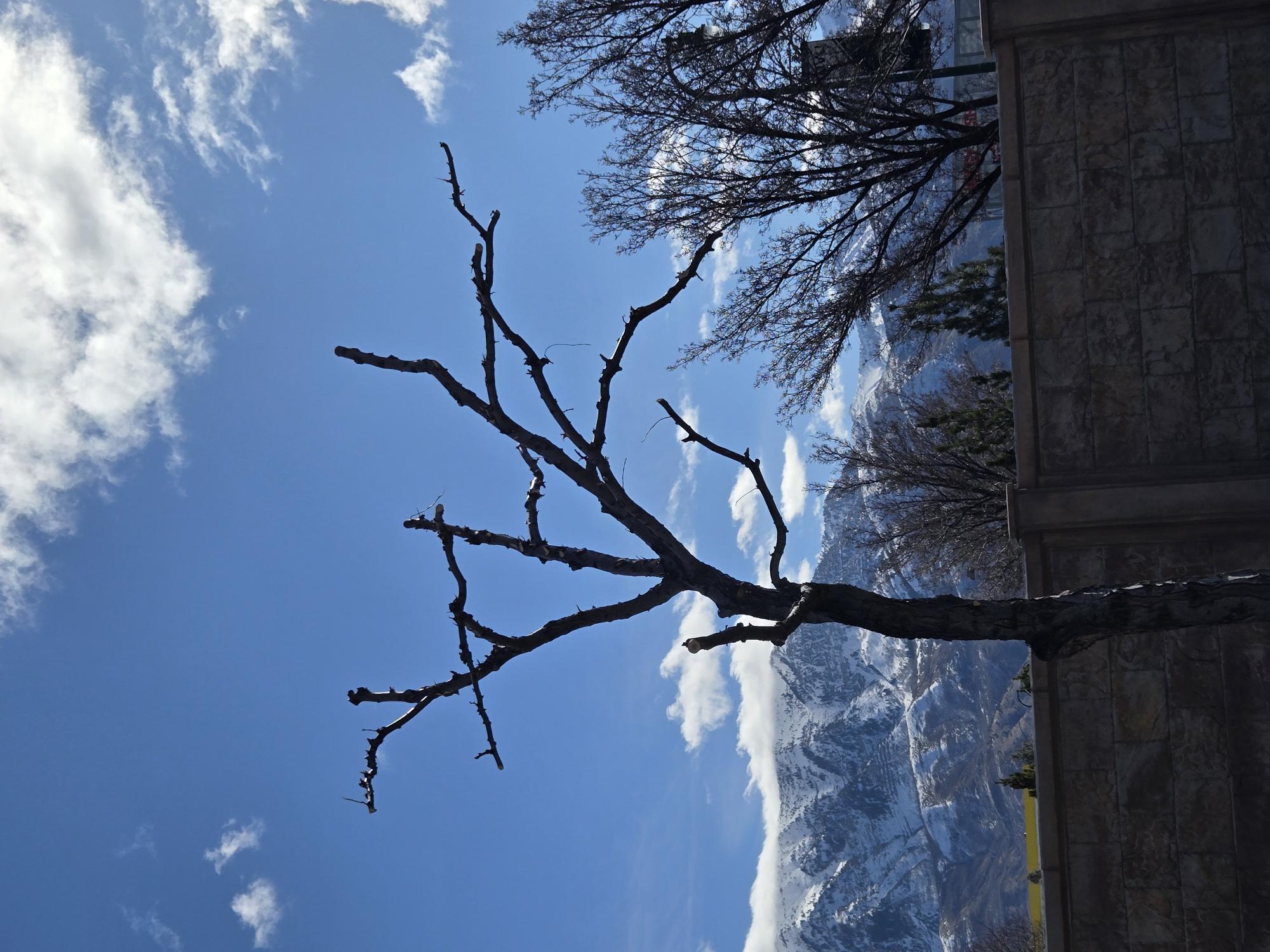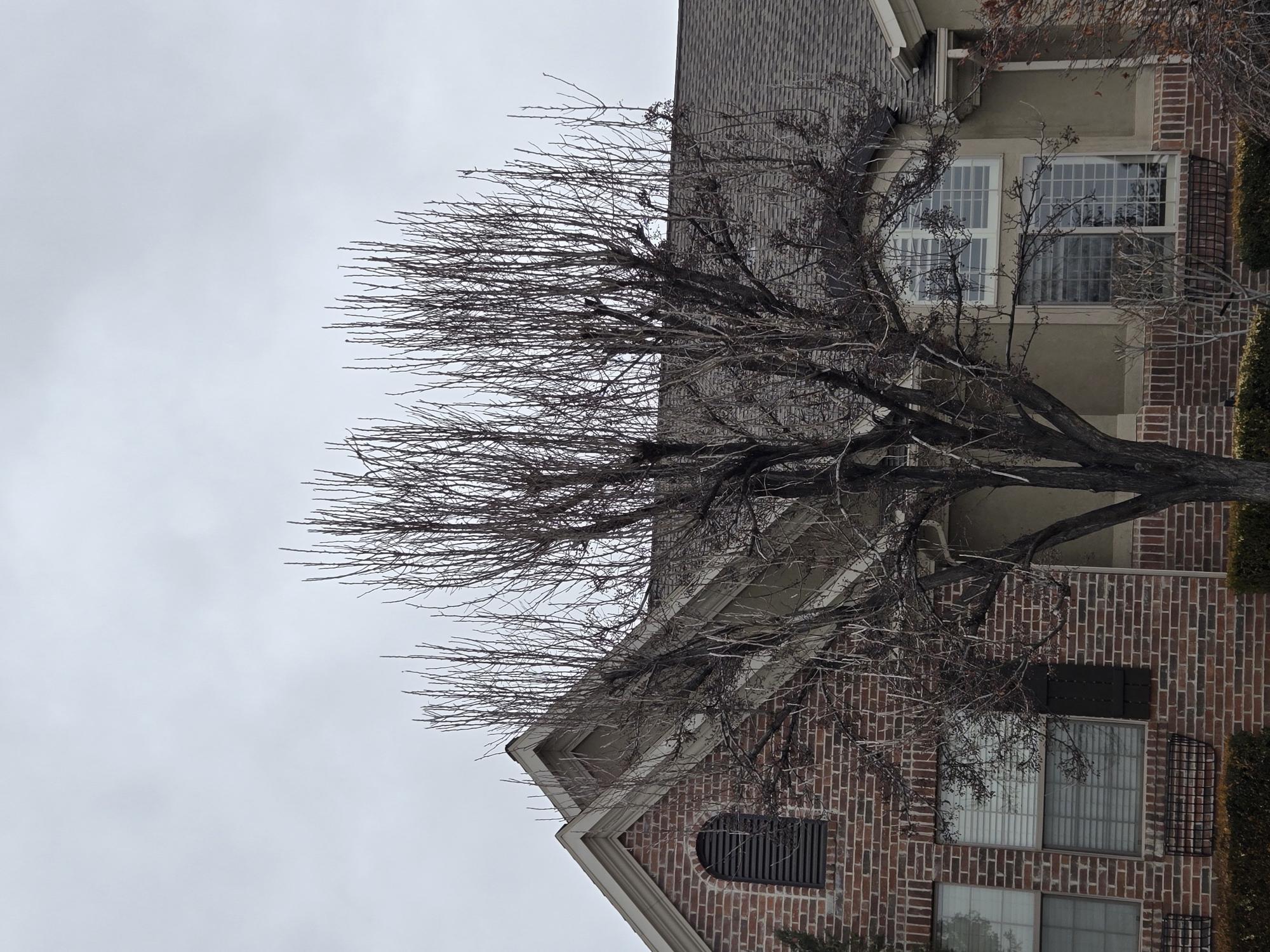Why Pollarding is a practice best avoided in Utah.
What is Pollarding?
Pollarding is a pruning technique that involves cutting back the upper branches of a tree to promote a dense head of foliage and branches.
Negative Aspects of Pollarding.
1.) Stress and Damage to Trees Pollarding can cause significant stress to trees, especially if done incorrectly or at the wrong time of year. The process involves removing a large portion of the tree's canopy (foliage), which can disrupt its ability to photosynthesize and produce energy. This can weaken the tree, making it more susceptible to disease, pests, and environmental stressors.
2.) Increased Risk of Decay The large wounds created by pollarding cuts become entry points for fungi and bacteria, leading to decay. If the cuts are not made properly or if the tree is unable to compartmentalize the wound effectively, the decay can spread, compromising the tree's structural integrity. In Utah, the snow increases the damage to these areas, while the heat increases the decay rate. The combination will cause moisture build up where side branches meet the main trunk, and will cause huge sections of trees to break off as they age.
3.)Aesthetic Concerns Pollarding can result in an unnatural appearance, particularly during the initial stages of regrowth. The stubbed branches and sparse foliage may be considered unattractive by some, especially in ornamental or residential settings.
4.)High Maintenance Requirements Pollarded trees require regular maintenance to prevent the regrowth from becoming too heavy and potentially hazardous. If left unattended, the new growth can become weakly attached, increasing the risk of branch failure during storms or high winds.
5.)Limited Species Suitability Not all trees are suitable for pollarding. Most species do not respond well to the practice, leading to poor regrowth or tree failure.
Trees where Pollarding can work well with regular maintenance.
While pollarding has its downsides, certain tree species are well-suited to this practice due to their ability to regenerate quickly and withstand heavy pruning.
Some examples include:
- Willows: Willows are known for their vigorous growth and ability to recover quickly after pollarding. They are often pollarded to maintain their shape and prevent them from becoming too large.
- Limes: Lime trees are frequently pollarded in Europe to create a uniform canopy and control their growth in urban settings.
- Mulberries: Mulberries are often pollarded to encourage the growth of new shoots, which can be harvested for their leaves (used in silkworm farming) or fruit.
Conclusion
Pollarding is a double-edged sword. While it can be an effective way to manage tree size and shape, it comes with significantly more risks than rewards, including stress to the tree, increased susceptibility to decay, and high maintenance requirements. It is crucial to carefully consider the species and the specific context before deciding to pollard a tree. For those trees that are well-suited to the practice, regular and proper maintenance is essential to ensure their health and longevity. Although this is a brief outline in Utah, the Hot versus Cold creates a unique climate that is totally unsuited for Pollarding and it's requirements.


